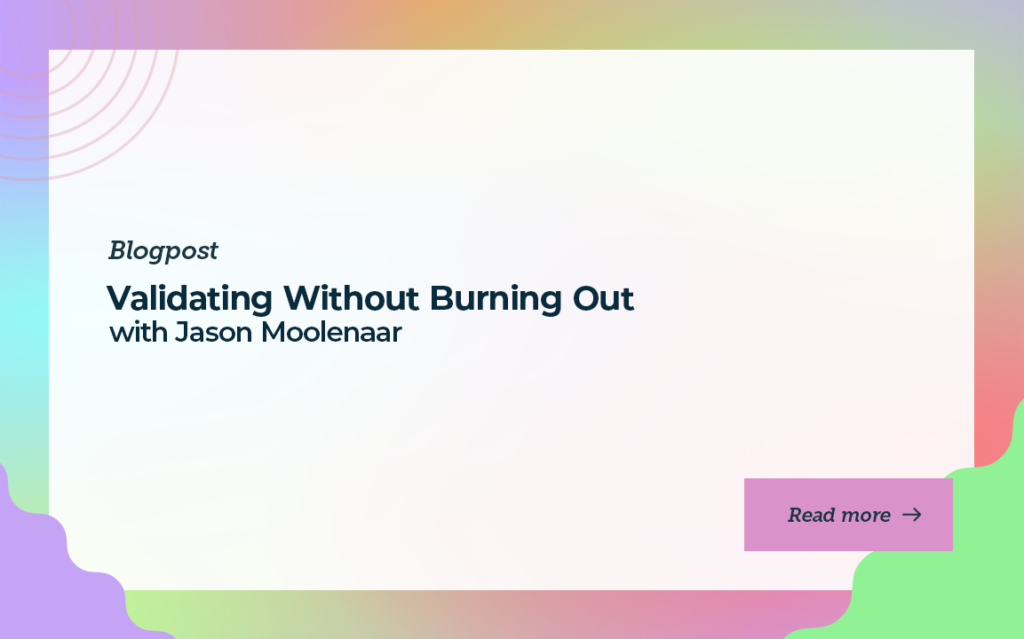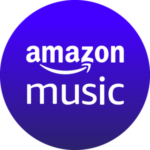Validating Without Burning Out with Jason Moolenaar

Founders overvalue revenue in the early days. The first 10 customers are about learning. Nothing you build next will matter if you don’t have a tight feedback loop.
That’s how Jason Moolenaar approached the launch of Sentient. A tool that fixes one of the most expensive blind spots in B2B sales: the time lag between form fills and follow-ups. He knew the problem firsthand, but he didn’t rush to scale. He optimized for speed, feedback, and reality checks.
Most founders don’t.
Selling to Small Teams Is Playing It Smart
Instead of chasing mid-market logos, Jason started with solo founders and small ops teams. No procurement hoops. No IT bottlenecks. No inflated expectations. Just usage, feedback, and iteration.
This approach builds reps. You can’t design onboarding flows, support docs, or pricing strategies in a vacuum. Selling to fast-moving teams gives you data. And when you’re early, data is the only currency that matters.
If your first instinct is to “go enterprise,” ask yourself: Do you want pipeline or clarity?
Charge Something. Always.
Jason didn’t hand out free trials. He charged from day one, even if it was just $100 on a usage-based model.
Why? Because free users don’t give real feedback. They don’t prioritize onboarding. They ghost when it gets hard. But when someone pays, even a little, they engage. They complain. They ask questions. That’s where the value is.
You’re not charging for revenue. You’re charging for attention. And if you can’t get someone to pay $100, good luck getting $100k later.
If You’re Still Putting Out Fires, You’re Not Ready to Scale
One of Jason’s early insights was that enterprise buyers don’t just buy software. They buy certainty. If you haven’t nailed implementation, onboarding, and support at the small scale, you’ll get wrecked trying to serve a big logo.
Skipping that step means signing up for chaos: misaligned expectations, patchy documentation, last-minute integrations, and teams scrambling to make the product usable.
Revenue might grow. Your stress will grow faster.
You don’t earn the right to scale by selling harder. You earn it by building something people want, proving you can deliver it consistently, and charging enough to make it real.
Jason didn’t start with a “go-to-market strategy.” He started with a list of things he needed to learn, and customers willing to help him learn them.
That’s what early-stage execution actually looks like.
Your Early Customers Are the Next 10 Deals
Founders obsess over how to find their first few customers. But most don’t ask a better question:
What happens after you find them?
What did you gain if they don’t convert, refer, or promote you?
That’s the difference between a transactional MVP and a real growth engine. And it’s what Jason Moolenaar got right with Sentient.
Learn First. Monetize Later. But Always Choose Strategically.
Offering early access for free (or heavily discounted) isn’t the problem… Doing it thoughtlessly is.
The best early customers give you more than usage:
- Honest feedback.
- Willingness to test.
- Relevant introductions.
- A quote, a logo, or a case study.
- A reason for someone else to say yes.
Jason picked founders who had networks, tangential products, and reputations. The kind of people who would pull others in once they saw value.
Don’t offer discounts randomly. Offer them to people who can compound the value.
A $100 Customer Can Be Worth 100x That
It’s easy to undervalue small-dollar deals. But if those early users:
- Keep using the product.
- Refer friends.
- Join calls as references.
- Create flywheel momentum.
…then that $100 is just the entry fee to a pipeline you couldn’t build any other way.
Especially when you’re pre-PMF, every referred lead isn’t just warmer, it’s a signal that someone sees the product’s value without you explaining it.
Play the Long Game With Early Advocates
If someone gives you feedback, introduces you to peers, and publicly backs your product. That’s a partner, not just a user.
You don’t need 50 of them. You need five that go deep. Great early customers help build the market while validating your product or service.
Your First Channel Probably Won’t Work. Pivot Until It Does.
Founders waste months trying to “make a channel work” just because it made sense on a slide deck. But early channels are all about momentum.
Jason Moolenaar launched Sentient to serve B2B tech. That market made sense. It’s where the problem came from. But timing killed it. Budgets froze, leads vanished, and the people who used to feel the pain just weren’t buying.
Instead of forcing it, he pivoted. Not the product, but the channel and market.
He stopped trying to sell and started asking for feedback. He went wide on conversations, open-ended on audience, and started validating pain in new verticals. Not to find interest, but to find urgency.
When he saw patterns in the feedback (consistent pains, clear use cases, no coaching required), he went all in. And this time, instead of “building awareness,” he built a close rate.
Too many founders think they have a market problem…
What they really have is a vagueness problem. They haven’t gone deep enough to earn repeatable conversations. That’s what niche gives you, not just a marketing edge, but a sales one:
- You know the objections.
- You have reference stories.
- You stop customizing the pitch.
- You stop wasting time.
Founders Don’t Skip This
Jason’s approach was dead simple: “Here’s what I sell. This is a sales call. If that’s what you need, let’s talk.” Close rate: 87%. He didn’t need volume. He needed fit, fast.
Early-stage founders resist focus because they think it shrinks the TAM. That’s backwards. You don’t shrink the TAM by niching, you build conviction. You create proof. You build word of mouth inside a market that actually talks to each other.
That’s how you get to the place where prospects already know what you do before you pitch, where every new lead comes with context, not resistance. Where repeatability starts to show up, and scale becomes an option, not a fantasy.
You can’t skip this step. You can only delay it… And pay for it later.
Product-Market Fit Isn’t Loud. It’s Repetitive.
The clearest sign of product-market fit isn’t excitement. It’s consistency.
When you start hearing “yes” from cold conversations, the same pain, same urgency, same use case, that’s the signal. Not because your pitch improved, but because the problem finally landed with the right people.
It doesn’t feel like fireworks. It feels like rhythm. Same call, different face, same outcome. That’s when the job stops proving the product works and starts defining who it works for.
Product-Market Fit is not so much about the product
Getting to PMF isn’t about the product anymore. It’s about precision.
- The shape of the org.
- The makeup of the tech stack.
- The geography.
- The channel they respond to.
- The role.
- The age.
- The digital comfort level.
Every one of those signals makes your outreach more relevant, your sales process smoother, and your funnel tighter. It’s not theoretical persona work. It’s operational leverage.
The tighter your ICP, the fewer bad meetings. The fewer bad meetings, the easier it is to scale.
So… How do I scale?
The next challenge is choosing how to scale without breaking the model:
- Do you partner up?
- Go direct or outbound?
- Layer in self-service and deal with the complexity of PLG?
- Or run education and let the market catch up?
It’s messy. Because scale always is. But once you hear “yes” from the right people, you don’t need to chase growth with more volume. You grow by getting more efficient at saying the same thing to the right person, over and over again.
That’s what “fit” really earns you: not a trophy, a blueprint.
Conclusion
Most founders try to grow before they’ve earned the right to. But if you skip the hard part, clarity, fit, repeatability, everything after will be chaos, wearing a revenue badge.
The real early-stage work isn’t about building a big funnel. It’s about proving you can say one thing, to the right person, and get a “yes”. Again and again.
That’s when scale becomes an option. Not before.
Struggling to convert inbound leads? Sentient helps you fix the gap!
For more no-fluff sales insights, subscribe to the Predictable Revenue podcast and newsletter.
NO TIME TO READ?


